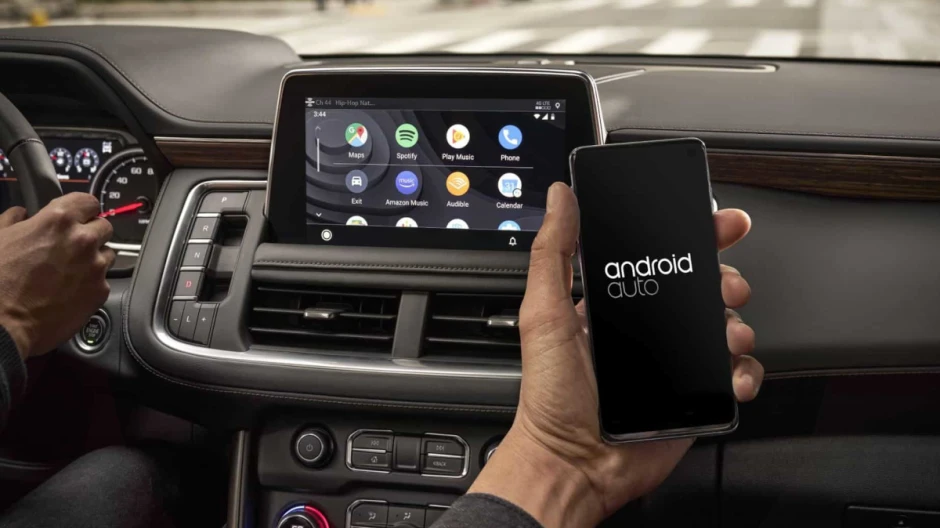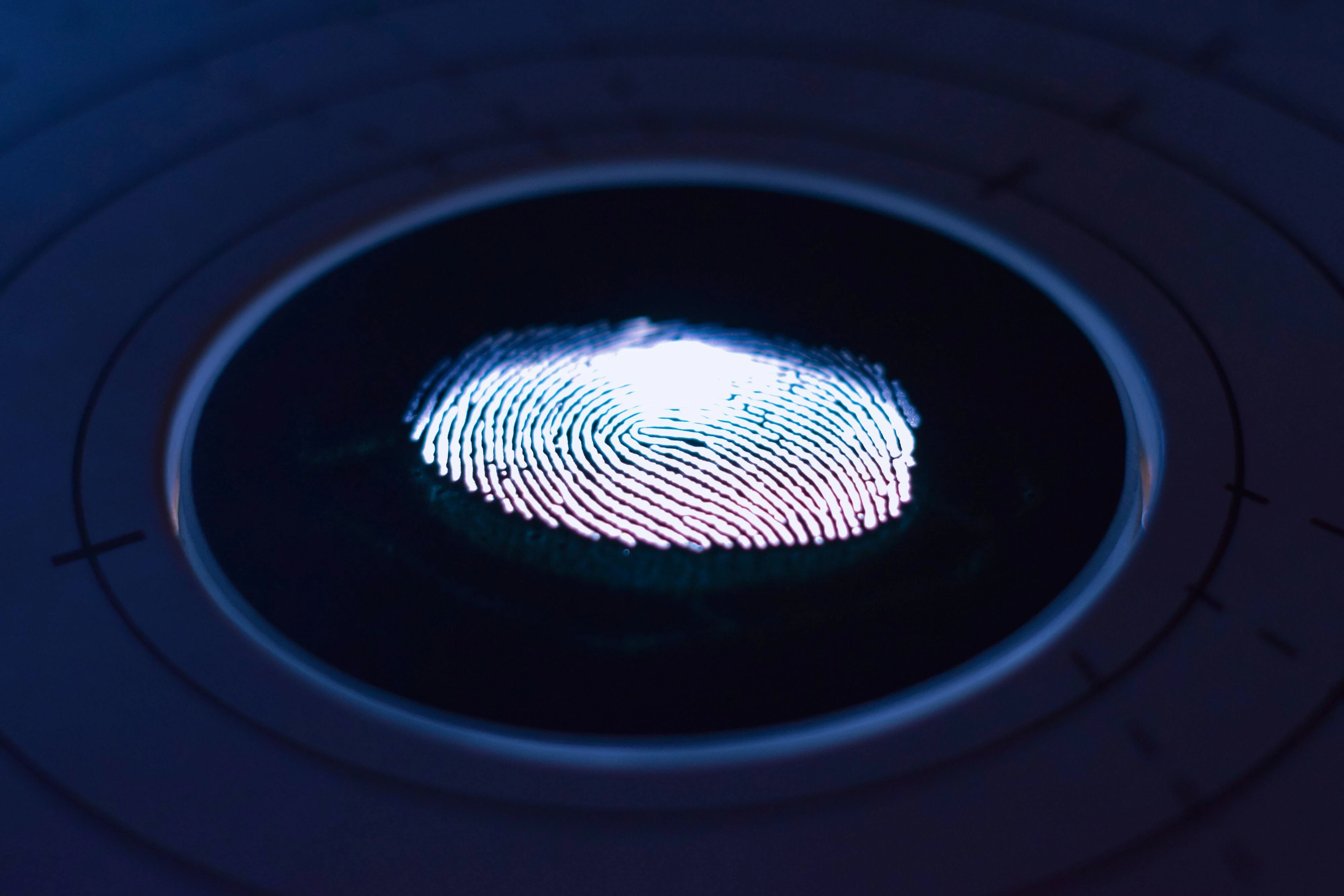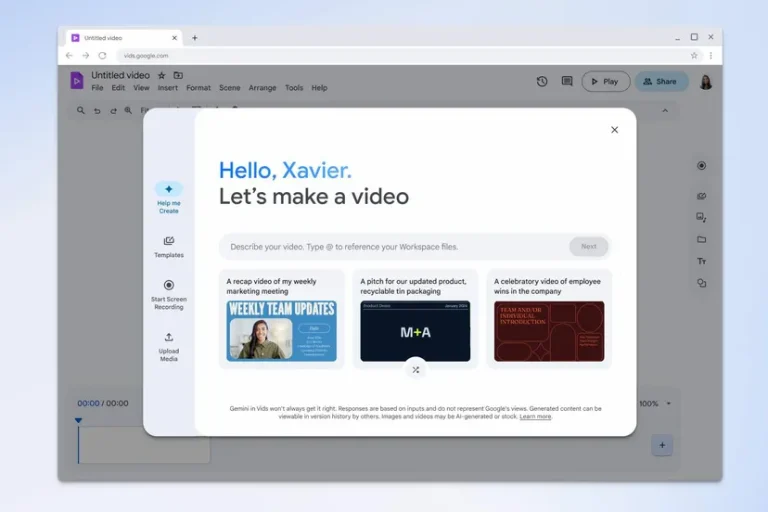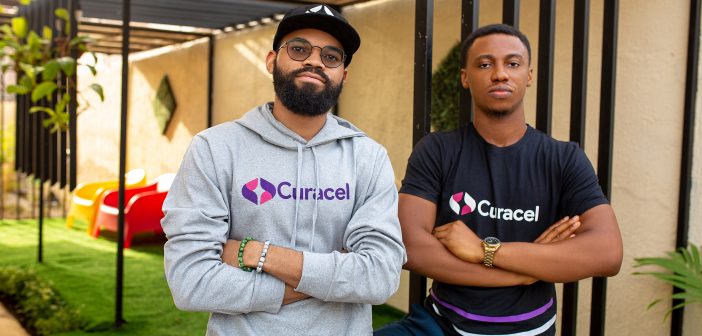General Motors is Developing a Self-cleaning Touchscreen to Eliminate Fingerprints

General Motors (GM) is a traditional vehicle and truck manufacturer, but it also keeps a finger on the technological pulse of the day. Also, GM has been granted a patent for a fresh innovation that would benefit users of touchscreen devices like smartphones and tablets as well as motorists. The patent safeguards GM’s concept for a screen that automatically cleans itself of oil, grease, and fingerprints.
These days, many automobiles have touchscreen panels that owners can tamper with using their fingerprints.
The screen eventually becomes fingerprint-covered, and in the worst case, crucial information, such as the current battery range of the car and when a charging stop will be required, may get hidden. For cars with Android Auto or Apple CarPlay, this would also be helpful.
The screen would use violet pixels that the human eye cannot see in addition to red, blue, and green pixels, according to patent US 11,579,340 granted to GM by the U.S. Patent and Trademark Office (via Gizmodo) and titled “Self-cleaning system for displays using light-emitting diodes emitting invisible violet light.” Moreover, the touchscreen panel would have a photocatalyst coating that absorbs specific wavelengths.

The violet pixels would be employed either automatically when the car is parked over night or during a cleaning cycle started by the driver during the day. The photocatalyst in the screen coating would be activated by ultraviolet radiation from sunshine and the violet pixels, which together would cause a chemical reaction that breaks down the organic substance that causes fingerprint smudges on the display. In addition to removing fingerprints, the procedure also removes oil grease and fast food crumbs from the glass.
As long as the LED displays have the photocatalytic coating and there is a source of power to switch on the violet micro-LEDs integrated with the LED panel, other devices can employ the technology described in the patent.
The patent also mentions “computers, mobile devices, kiosks, televisions, teller machines, and domestic appliances” as additional devices.
Of course, like with any patent, GM could opt not to use this technique in the future. On the other hand, if this is made feasible, a smartphone maker might license the patent and utilize it on a later model’s touchscreen. The majority of smartphone screens currently have an oleophobic coating, which minimizes the amount of fingerprints that are left on the glass panels.







